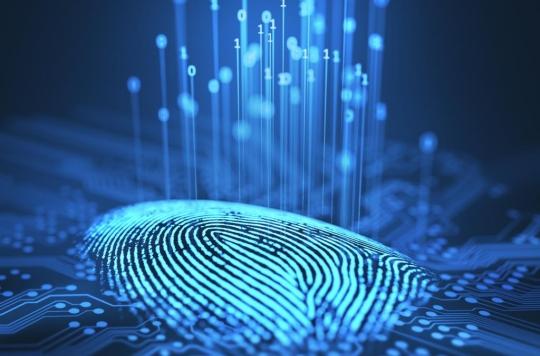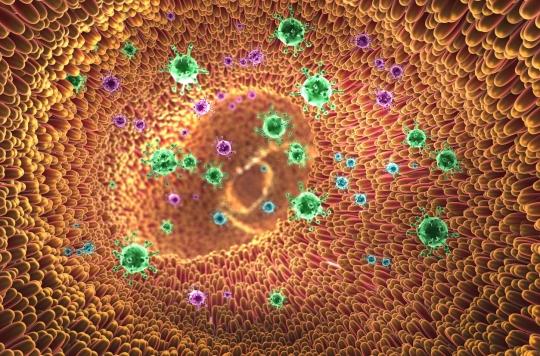In India, an entire family is affected by adermatoglyphia, a rare genetic disease which materializes by the absence of fingerprints on the fingers and feet. A pathology that constitutes a social handicap.

- With the development of biometrics, the absence of fingerprints is a problem in everyday life.
- The hands of people with adermatoglyphia have no epidermal ridges and a reduced number of sweat glands and therefore drier hands.
It all started in 2007 when a Swiss woman was turned back at the American border for lack of fingerprints. A rare pathology, adermatoglyphia has become problematic at a time when fingerprints are used for more and more operations, from identity papers to unlocking telephones. Recently, the BBC told the story of a family from Bangladesh where all the men seem to share the same genetic mutation that leads to no longer having fingerprints.
Administrative difficulties
Settled in a village in the northern district of Rajshahi, the youngest of the family are the first to feel the effects of this genetic phenomenon. “I don’t think he ever thought it was a problem22-year-old Apu Sarker said of his grandfather. His father, Amal, was the first to have felt the consequences of this pathology. On his identity card, it is written “no fingerprint” and he had to go back to it several times and be accompanied by a certificate from a medical commission to obtain a passport, but he conceded never used it, for fear of being turned down at the airport. More problematic, he was never able to get a driver’s license. “I paid the fee, I passed the exam, but they didn’t issue a license because I couldn’t provide fingerprints”, he testified.
For Apu Sparker, it has been difficult to have a working mobile phone since the government in 2016 made it compulsory to take fingerprints to obtain a SIM card. “They seemed confused when I went to buy a Sim, their software would freeze every time I put my finger on the sensor”, he recalls. Eventually, they were denied the purchase and all male family members have a SIM card in her mother’s name.
The causative gene identified
Specifically, the fingers of people with adermatoglyphia appear as flat pads and have a reduced number of sweat glands in the hands which leads to drying of the skin. The hands and feet of affected individuals lack epidermal ridges. Reported cases of this disease are very rare and there are few studies that provide a better understanding of it. In 2011, the Journal of the American Academy of Dermatology published research that found a gene, SMARCAD1, that appears to be impaired in people with adermatoglyphia. This alteration prevents the gene from encoding the protein causing the fetus to develop no pattern on the fingers as fingerprints form between the 16and and the 25and week of pregnancy.
Peter Itin, the Swiss dermatologist at the origin of the discovery of adermatoglyphia, renamed it “disease of delayed immigration”, in memory of the Swiss patient who failed at the American border. “I’m tired of explaining the situation over and overconceded Apu Sarker. I asked many people for advice, but none of them could give me a definitive answer. Someone suggested I go to court. If all options fail then this is what I might have to do.”
.















